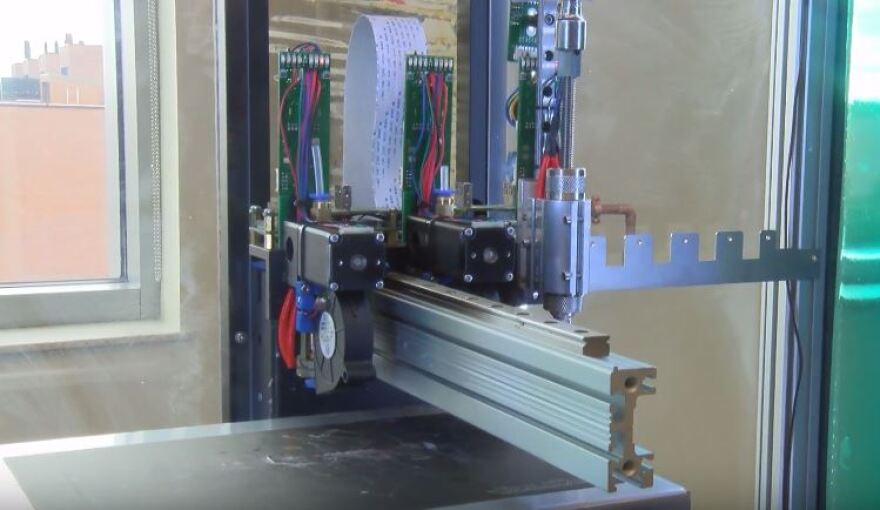Voters head to the polls next week with every seat in the New York State Legislature up for grabs. But will Albany's costly effort to create jobs make a difference in the election?
After taking office in 2011, Gov. Andrew Cuomo named a variety of local experts to Regional Economic Development Councils to revitalize 10 upstate regions. So far, the state has spent $4 billion on thousands of job-creating projects.
The turnaround plan in one of America's poorest cities is called the Buffalo Billion. The Rev. George Nicholas, a member of the Concerned Clergy Coalition of Western New York, said it's producing obvious results.
"You gotta be blind not to be able to see the progress. But you see it from a different perspective depending on which neighborhood you're looking from," Nicholas said.
According to the latest Labor Department report, over the past five years under Cuomo, the state's economy has added nearly 840,000 jobs. But Nicholas said the new growth spurred by the Buffalo Billion has had little effect on the 40 percent poverty rate in the city's African-American community.
The results are drawing mixed reactions from upstate residents, most of whom said they were unaffected by the revitalization programs. That includes Christa McCleary of Buffalo, who said she's all for Albany spending whatever is needed to rebuild the economy.
"It's bringing Buffalo back alive again. I think it's awesome. And keep the jobs here and not send them elsewhere. There's a lot of unemployed Buffalonians here," McCleary said.

Since other states also offer incentives, Daniel Rosen, a clinical social worker in Rochester, said it's important for New York to stay competitive. Theoretically, Rosen said, the programs could make a profit for taxpayers.
"If there's a bang for the buck, so to speak, then I don't have a problem with a program that enhances its target goal," Rosen said.
In Binghamton, Danny Gravitt was asked if he had concerns about the program's cost. The retired mechanic replied: "What's the choice?"
"You got a sinking ship, you're not too worried about how you keep it afloat," Gravitt said.
But like many upstate residents, Gravitt wants results from the enormous investment, including more training for real jobs -- not pipe dreams.
That sentiment was echoed more than 150 miles away by Jane Mahoney. She said the jobs being created in Rochester are not high-paying.

"They talk a lot about employment growth, but I think most of the growth has been in the service industry, where the wages are a lot lower than they were in the manufacturing industry," Mahoney said. "So, just the fact that the number of jobs has gone up doesn't mean that people are doing better financially."
Along with concerns about job creation, there are new problems. Federal prosecutors probing Albany's turnaround effort arrested two of Cuomo's former aides, a top state official and six others on bribery and bid-rigging charges.
But Philip Major, who recently moved from Wyoming to Syracuse, said the project shouldn't be derailed by the controversy surrounding it.
"I know there have been some problems with the Buffalo Billion. But it doesn't mean that the whole thing didn't make sense."
Back in his church's office, Nicholas said that there's a lot of frustration in the community over the Buffalo Billion passing people by. And, Nicholas said, there's a flaw in the statewide 5 percent unemployment rate.
"Those numbers, oftentimes, are based on people who are filing unemployment benefits. So, if you've been out of work for a couple years, who's recording you? Who's counting you? You're still unemployed. You're still broke," Nicholas said.
The Regional Economic Development Councils are expected to spend another $750 million on job creation projects by year's end.




